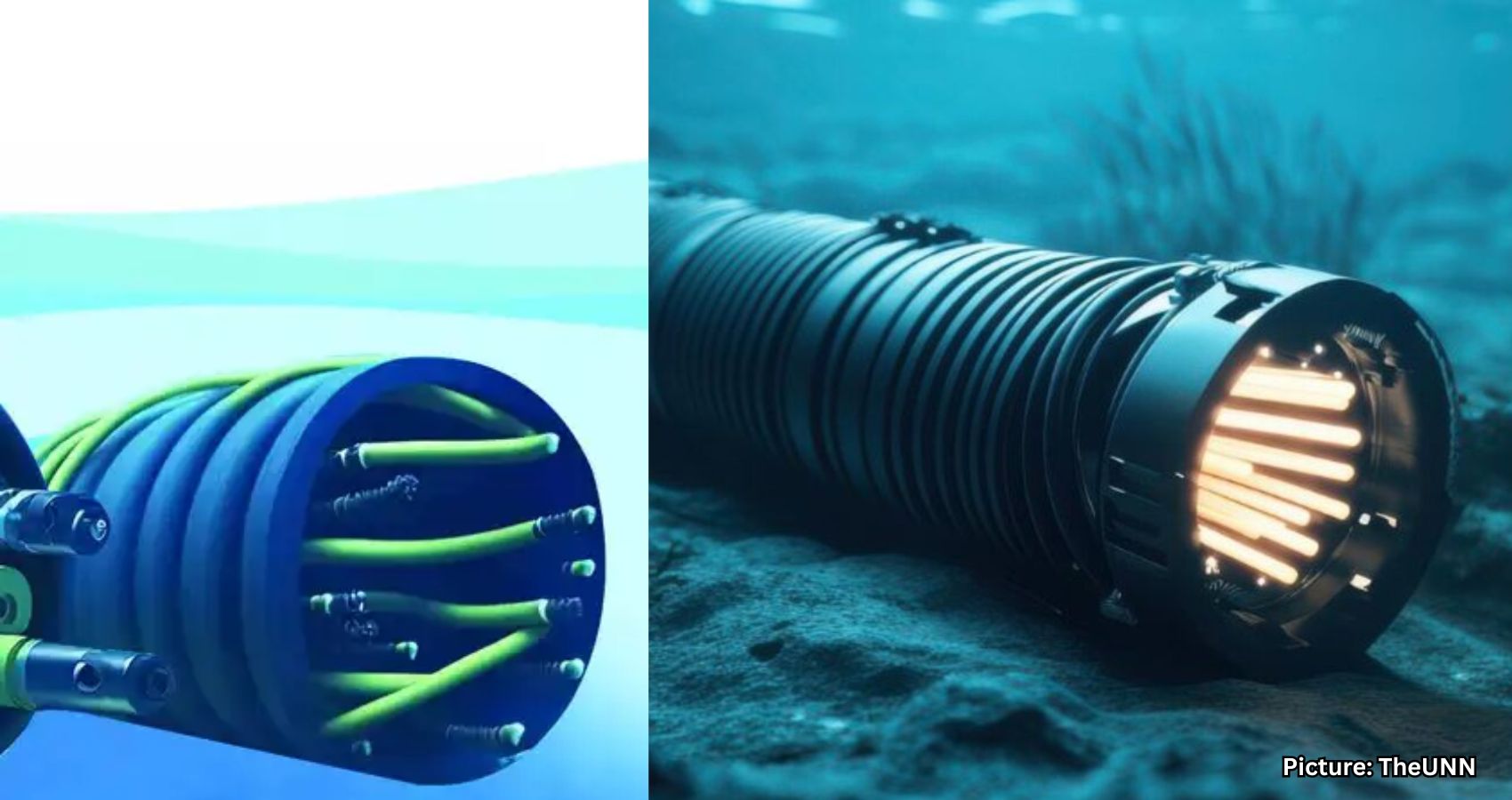Meta has selected Mumbai and Visakhapatnam as landing sites for its ambitious subsea cable project, enhancing India’s role in global digital infrastructure.
Meta has announced that it will establish landing sites for its multibillion-dollar subsea cable, Project Waterworth, in the Indian port cities of Mumbai and Visakhapatnam (Vizag). This decision highlights India’s increasing strategic importance in the global digital landscape.
To facilitate this initiative, Meta has partnered with Sify Technologies under a $5 million contract. The selection of these two cities as landing points for the 50,000-kilometer cable, which will connect five continents, reinforces India’s position as a vital communications hub. The project aims to enhance capacity, connectivity, and resilience across the region.
Mumbai, already recognized as a major telecom and data center hub, is expected to experience reduced latency and increased bandwidth as a result of this project. This development will further solidify Mumbai’s leadership in India’s digital economy.
On the other hand, Vizag’s designation as a landing site could stimulate greater connectivity and investment along India’s eastern coastline. This move may extend technological advancements beyond the traditional western and southern hubs, fostering local digital ecosystems and attracting tech firms looking for robust backhaul capabilities.
Earlier this year, Meta unveiled Project Waterworth, an ambitious subsea cable initiative designed to transform global internet infrastructure. Spanning approximately 50,000 kilometers, it is set to become one of the world’s longest undersea cable systems, linking North America, South America, Africa, Asia, and Europe.
Key landing points for Project Waterworth include the United States, Brazil, India, South Africa, and several others, with a focus on enhancing internet connectivity and bandwidth in both developed and underserved regions.
The project features 24 fiber pairs, significantly increasing its capacity compared to most existing subsea cables. This enhancement is crucial for meeting Meta’s growing data demands, driven by advancements in artificial intelligence, virtual reality, and cloud services. The initiative aims to provide faster, more resilient internet infrastructure, ensuring that Meta’s platforms—including Facebook, Instagram, WhatsApp, and future AI-driven services—can scale globally with low latency and high reliability.
The engineering behind Project Waterworth is also noteworthy. The cable will traverse deep-sea regions, reaching depths of up to 7,000 meters, and will be heavily protected near shorelines and high-risk areas to minimize the risk of faults caused by fishing activities or natural disasters. This represents a significant multibillion-dollar investment in infrastructure that aims not only at commercial use but also at promoting digital inclusion and bridging connectivity gaps in regions that still lack robust internet access.
Despite the ambitious scope of Project Waterworth, challenges remain. While Meta has not provided a specific completion date, the project is anticipated to take several years and may encounter geopolitical, regulatory, and environmental hurdles.
Nonetheless, Project Waterworth signifies Meta’s long-term commitment to controlling more of the global internet backbone. This trend among tech giants investing directly in physical infrastructure reflects a growing recognition of the importance of such investments in supporting expanding digital ecosystems.
The choice of two distinct landing sites in India—Mumbai on the west coast and Visakhapatnam on the east—indicates Meta’s strategy to build redundancy and geographic diversity into its connectivity infrastructure. This dual-coast approach could enhance national network resilience and provide more balanced internet access across India, potentially alleviating pressure on traditionally overburdened landing stations like those in Mumbai and Chennai.
While the full commercial and policy implications of this development are yet to be determined, it positions India as a critical transit hub in the evolving global internet backbone. With the increasing demand for AI processing, cloud services, and data localization, such infrastructure investments are becoming essential for digital sovereignty and economic competitiveness.
If supported effectively by local partnerships and regulatory frameworks, Project Waterworth could bolster India’s long-term digital ambitions, positioning the country not just as a major consumer of data but also as a key player in global infrastructure.
Source: Original article

